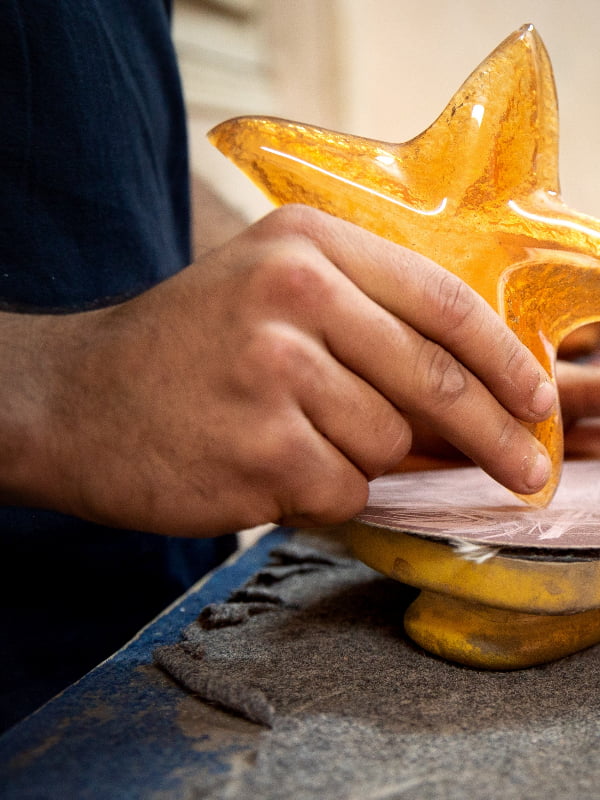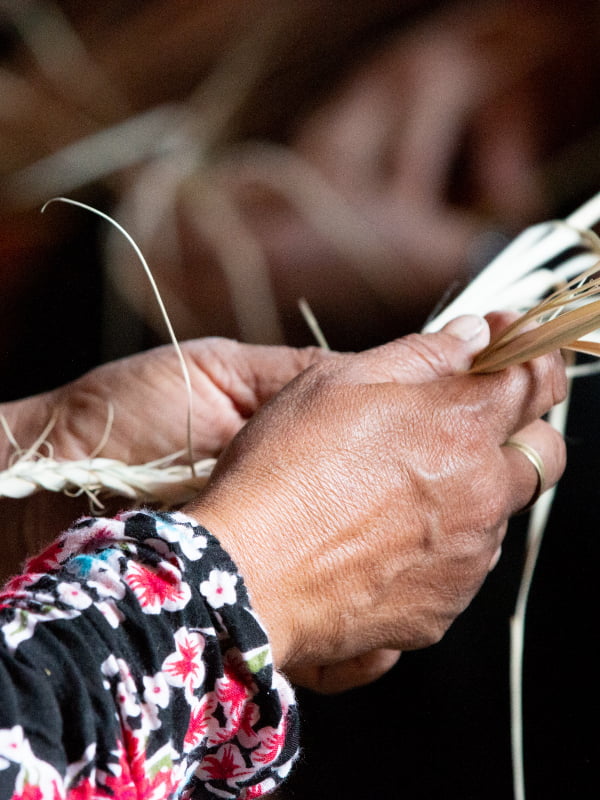Patents Other Protection Possibilities
Maybe a patent is not the right way to protect your invention. Then it is time to explore further options. Have a look at these protection possibilities.
Trade names
A trade name is a name used to conduct a business. For example, the name of a private or public limited company under the articles of association is a trade name. The trade name is created by using it. However, it makes sense to register your trade name with the Chamber of Commerce. The right to a trade name exists at least as long as the trade name is in use.
New trade name
When thinking about a trade name, it is essential for the new trade name not to conflict with an existing trade name or an existing trademark right.
- The Dutch Chamber of Commerce can carry out a search to prevent conflicts with existing trade names.
- The Benelux Office for Intellectual Property (BOIP) can carry out a search to prevent conflicts with existing trademark rights.
TSG, PDO or PGI
In addition to patent rights and breeding rights, there are other ways to protect agricultural products or foods. These are the Traditional Speciality Guaranteed (TSG, such as mozzarella from Italy), the Protected Designation of Origin (PDO, such as feta cheese from Greece) and the Protected Geographical Indication (PGI, such as Danablu from Denmark). All 3 are regulated at a European level and are free of charge for the applicant.
- Traditional Speciality Guaranteed (TSG)
A TSG concerns the traditional character of the product's composition or its manner of production. 'Traditional' means an unchanged and demonstrated use on the European Union market for at least 25 years. - Protected Designation of Origin (PDO)
A PDO is for agricultural products and foods grown, produced and made in a particular geographical area. For a product to obtain a PDO, there must be a link between the product's quality or characteristics and the geographical environment. - Protected Geographical Indication (PGI)
A PGI is granted to agricultural products and foods that are grown and/or produced and/or made in a particular geographical area. There must be a link between the nature or fame of the product and its geographical origin.
Register
The European Commission keeps a register of TSGs, PDOs and PGIs. You can find these in the DOOR database. This database contains pending applications published and granted ones. A product file is available for each listed product. Anyone making the product following the specifications in the product file may use the name given. These forms of protection, thus, differ from a brand name, which only the registered holder may use.
Wines
Wines have a regime of their own. The European Commission keeps a register of the IGT wines (IGT = indicazione geografica tipica = indication of geographical origin). If a producer wants to use an IGT name, at least 85% of the wine must originate from the geographical area whose name it bears. Also, it must comply with the criteria contained in the accompanying product file. These criteria concern, for example, the maximum yield of grapes per hectare or the alcohol content of the wine.
A well-known example is Champagne. Since designating Champagne an IGT, no other sparkling wine may be called Champagne. View the IGT register.
Confidentiality / Non-disclosure agreement
It may be easy to discover how a new coffee-maker or a new combustion engine works. If this is the case, secrecy is insufficient, and it is wise to get a patent. In the case of a product that is difficult to reproduce, one cannot discover how the invention works. This makes 'reverse engineering' (the reversal of the production process) difficult. If 'reverse engineering' is not possible and you can keep your invention secret, patent protection is undesirable in many cases. Secrecy is often the method of protection for manufacturing methods or recipes. A famous example is the recipe of Coca Cola.
Trade secrets in practice
A trade secret is secret information with a commercial value. The owner of a trade secret must actively protect their trade secrets, for example, through confidentiality agreements, storing trade secrets in a safe and stamping documents as 'confidential'.
Questions about patents?
If you need more information on how to apply for a patent in the Netherlands, please contact the public information office.
- Ministry of Economic Affairs



